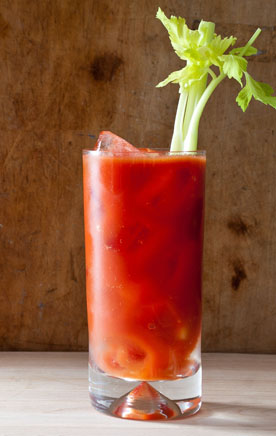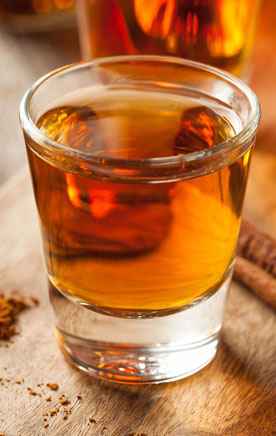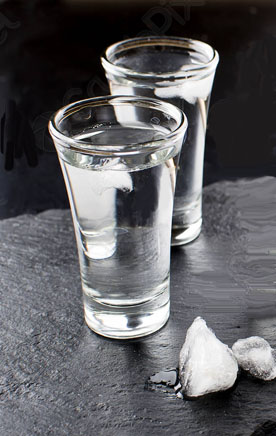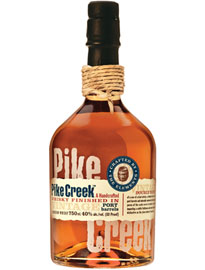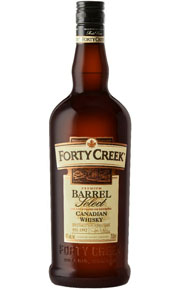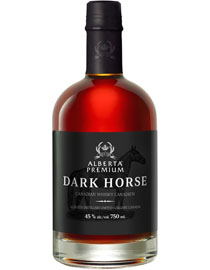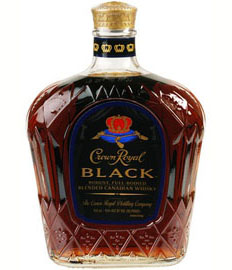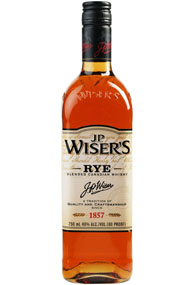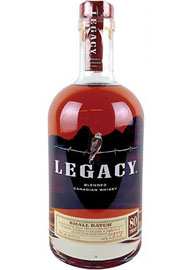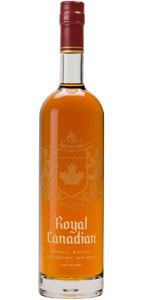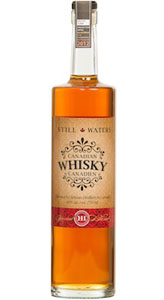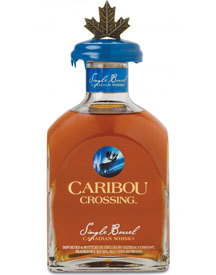The Canadian Whisky Tasting
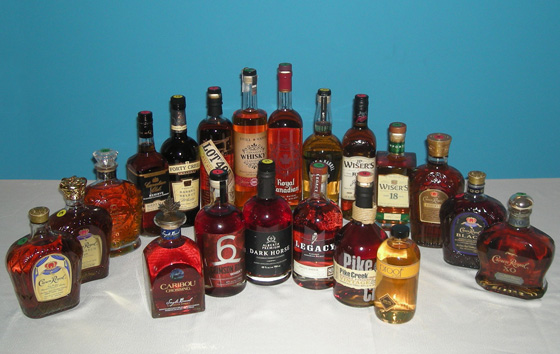
The Fifty Best held a “blind” tasting of 22 Canadian whiskies with 19 pre-qualified judges. Strict tasting rules were applied. The order of service was established beforehand by lottery. Each of the whiskies were poured into fresh glasses from new sealed bottles, and served slightly above room temperature. Only ice water, neutral unflavored unsalted crackers and bar snacks were available to cleanse the palate. The judges tasted through two flights of 7 Canadian whiskies and one flight of 6 Canadian whiskies.
The judges wrote down their impressions of each product on score sheets. The scoring was done on a 5-point system, with 5 as the best. Double-Gold and Gold medals were awarded according to a set range of final point scores received from the judges. Since the scoring was high overall, there were no Silver or Bronze medals awarded in this tasting.
The tasting notes that follow are summaries of the judges’ opinions, with all replicated notes eliminated. Also included for each whisky are commentaries provided by Davin de Kergommeaux.
Here are the final results:
|
|
|
|
|
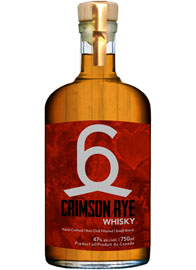 |
|
|
|
|
|
 |
|
|
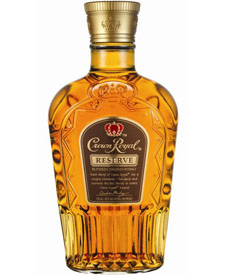 |
|
|
|
|
|
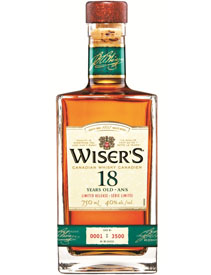 |
|
|
|
|
|
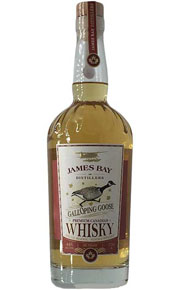 |
|
|
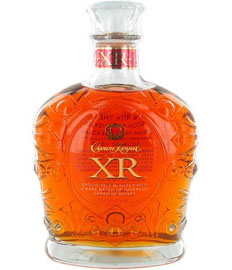 |
|
|
|
|
|
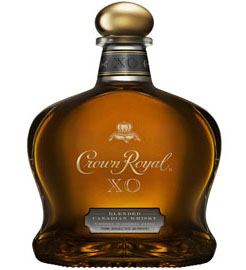 |
|
|
|
|
|
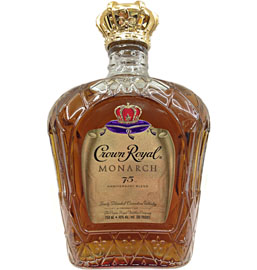 |
|
|
|
|
|
|
|
|
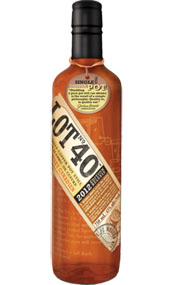 |
|
|
|
|
|
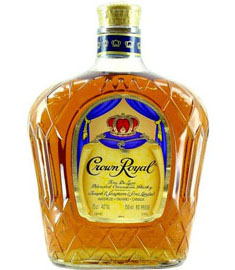 |
|
|
|
Taking a Fresh Look at Canadian Whisky
by Davin de Kergommeaux
Whisky lovers are often amazed when they learn that Canadian whisky is the best selling whisky style in North America. Indeed, from small beginnings more than two centuries ago Canada has become the second largest whisky-making nation in the world, next only to Scotland. Yet the story of Canadian whisky is shrouded in mystery and myth. Like Canadians themselves, until very recently, Canada’s whisky has largely flown under the aficionado’s radar.
Canada’s First Distillers
European settlers arriving in Canada in the 18th & 19th centuries often brought small stills with them. Although many of these early settlers came to Canada from Scotland and Ireland, they distilled rum, not whisky. They were more interested in making alcohol than whisky, and took full advantage of easy sea access to Caribbean molasses to do so. However, as settlers began moving west into Ontario where molasses was more difficult to obtain, distillers turned to grain to make their spirits, and Canadian whisky making was born. This time these first Canadian whisky makers were neither Scots nor Irishmen, but English and German settlers.
In those days, wheat grew abundantly in Canada and it became the primary grain for Canadian whisky making. It wasn’t until German and Dutch immigrants suggested adding small amounts of rye-grain flour to Canadian whisky mashes that the whisky style we know today emerged. This wheat whisky with just a bit of rye grain quickly became known simply as “rye,” a name that has stuck right up until today.
Prohibition Hurt Canadian Whisky
Distillation in the U.S. was badly disrupted during the American Civil War, so thirsty Americans turned to Canada as a reliable source of whisky. By 1865, Canadian whisky was the best selling whisky style in America and it remained so for a century and a half until bourbon sales took the lead in 2010.
Prohibition is mistakenly credited with the growth of Canadian whisky as a prominent whisky style. However, nothing could be further from the truth. In reality, Prohibition threatened the formerly lucrative cross-border sales of Canadian whisky established during the Civil War. When the U.S. declared Prohibition in 1920, suddenly Canada’s largest market dried up. Yes, American bootleggers did come to Canada to buy whisky but volumes were very small compared with the pre-Prohibition era, and much of the whisky reaching the U.S. from Canada during Prohibition were imported Irish and Scotch whiskies.
Sales of Canadian whisky rebounded when Prohibition was repealed. The 1950s, 60s and 70s were particularly good for Canadian whisky, largely under the guidance of drinks giant, Seagram’s. It was the time of Madmen and cocktail culture, and Canadian whisky, already strong, thrived. In the 80s and 90s though, preferences began to change. Scotch was becoming a consumer favorite and Canadian whisky sales fell into slow decline. Encouragingly, this trend has begun to reverse in recent years. In 2013, Americans bought almost 17 million 9-litre cases of Canadian whisky, and even more impressive, respected connoisseurs have begun to revisit top Canadian brands. They are beginning to realize that like single malt scotch, Canadian whisky is generally the product of a single distillery – something singular and therefore something special.
What Else Makes Canadian Whisky Special?
Unlike their U.S. counterparts, Canadian whisky makers do not use mash bills. In Canada each type of grain is distilled separately and matured in optimal conditions for that particular spirit. Only then are they mingled together as mature whisky. American distillers blend their grains in a mash bill before making whisky. Canadian distillers blend them afterwards.
Micro Distilling and the Law
Just as interest in whisky made in Canada’s major distilleries is increasing, micro distilling is growing in Canada too. There were more than 30 artisanal distilleries in Canada at last count. About half a dozen of these make or are planning to make whisky. Because Canada does not unify all of its whisky laws, rules, and regulations in one tidy legislative piece, some people believe, falsely, that whisky making is unregulated in Canada. Micro-distillers in particular know that is not the case, as they must wade through masses of seemingly unrelated laws, rules and regulations to ensure they operate within the law.
These laws can make it very expensive to start a new distillery in Canada. For instance, in 1890, a full generation before the same requirement was enacted in Scotland; Canada became the first nation to require that whisky be aged. Today, this law means that Canada’s micro distillers must produce vodka, gin or other white spirits to generate income while they wait for their whisky to mature. Still, new excitement surrounding Canadian whisky and craft spirits in general is encouraging more and more new distillers to stake a claim on the market.
Today's Outlook
These are exciting times for Canada’s distillers. Canadian whisky is heading back into the heady days of the fifties and sixties as new micro distillers emerge and the major brands release more and more connoisseur-quality whiskies. The new whiskies, while bigger, bolder and much more flavorful than what Canadian whisky is commonly thought to be, still retain the Canadian whisky style. The future is looking very bright for Canada’s distillers, and brighter still for Canadian whisky lovers and whisky aficionados alike.
Davin de Kergommeaux is the author of the book Canadian Whisky: The Portable Expert,
available in hard cover & paperback at your favorite bookstore and online booksellers.
Disclaimer: This section of the website is intended for visitors 21 years of age and older.
If you are not of legal drinking age, please exit by clicking here.
Please drink responsibly!






